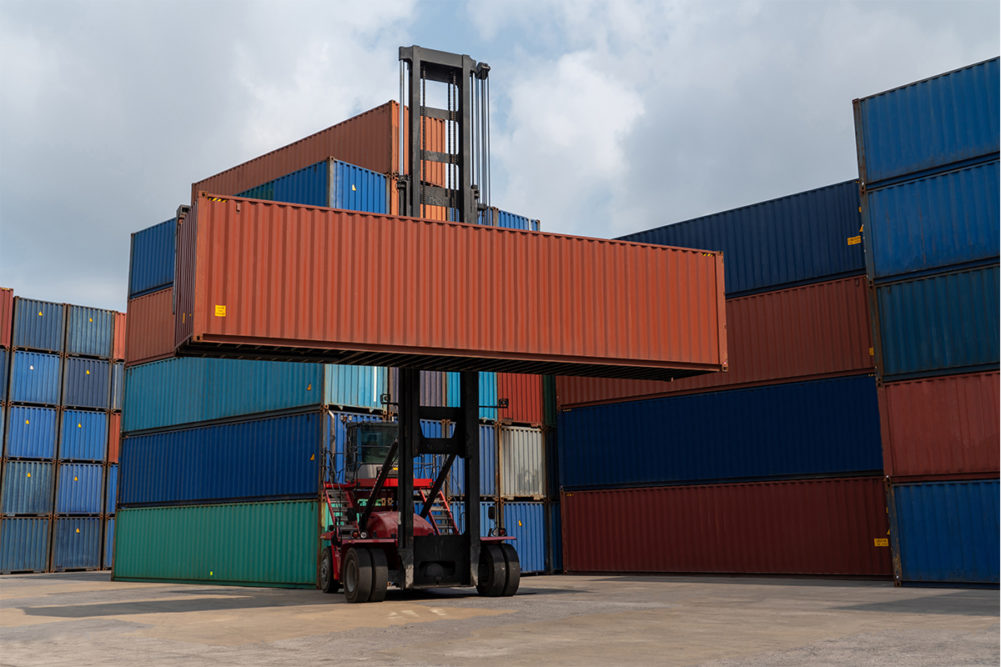Bakers are challenged in myriad ways as they navigate the ingredient supply chain these days. Prices on many items are skyrocketing, and orders are late or simply don’t show up at all, thanks to labor shortages and problems with transportation, both globally and domestically.
“There’s so much that’s directly or indirectly related to the pandemic,” said Mark Hotze, vice president, North America, Corbion, and former BEMA chairman. “The key here is the whole global supply chain has been shaken to its foundations. It just shows up in very strange places. These days the biggest impact is all about security of supply. The prices are going through the roof.”
New problems pop up every day, and bakers are forced to pivot either by searching for new suppliers for ingredients or finding alternatives, with bakers reformulating as they go.
“We’re running plant trials during holiday production hours, which is unprecedented,” Mr. Hotze said. “I’ve been doing this for a long time, and I’ve never seen that type of activity out in the bakeries during the holiday season. It is definitely a unique environment.”
A variety of factors including weather-related problems and rising demand for ingredients globally have sharply driven up prices.
The September price of canola oil jumped 45% and soybean oil skyrocketed 67% compared with a year ago. Part of the pressure on these edible oils is the Renewable Fuel Standard (RFS) program that aims to reduce greenhouse gas emissions by expanding renewable fuels and reducing reliance on fuel imports. Soybean and canola oil are used to make renewable fuel, and the government sets standards each year to determine volume requirements. By early October, the standard for 2021 was still not available.
“The Environmental Protection Agency (EPA) very soon is likely to put out its 2021-22 Renewable Fuel Standard, Renewable Volume Obligation levels,” Lee Sanders, senior vice president, government relations and public affairs for the American Bakers Association (ABA), said in late September. “If that goes up, it’s going to make the crisis we’re facing right now even worse.”
ABA is urging bakers to reach out to their members of Congress and speak out on social media to help stem the demand of these oils for biofuels. To help assist members, a sample letter is available on the grassroots advocacy page at www.americanbakers.org.
“We’ve been leaning on the White House, EPA and US Department of Agriculture,” said Robb MacKie, president and chief executive officer of ABA. “We’ve asked them to give us a pause, give us a couple of years and let the market catch up. Increase the refining capacity, let the growers grow more soybeans. ... We’re at this moment in time where it’s just going to take a moment to work through it.”
Although there are many critical issues facing bakers, Ms. Sanders emphasized that RFS remains a top concern.
“It’s a kitchen table issue,” she said. “It’s going to impact consumers’ ability to have a variety of products on their table and in their pantry. It’s going to impact their budgets when they’re working to feed their families. It’s going to impact our ability to make those products.”
Bakers are facing significant cost increases on several fronts. In mid-September, prices for bakers standard patent, the basic hard red winter wheat bread flour, were up 33% from a year ago, and spring standard patent flour from hard red spring wheat was up about 40% from the same time last year.
Several September commodity prices were up significantly from a year ago, including dried whole egg prices by 70%, spot prices for refined cane sugar by 30%, dry dairy products used by the grain-based food industry were up 30% to 66%, Midwest prices for food-grade oat flakes up 37% and milling quality oats up 75%.
“Without fail, every single ingredient that we buy, whether it’s packaging or raw material for the pies, is a minimum of 20% increase all the way north of 60% this year alone. Everything,” said Par Grandinetti, president of Rocky Mountain Pies, Salt Lake City.
Bakers are forced to continue raising prices in the face of these dramatic increases, which don’t appear to be letting up anytime soon.
“Everybody has come to grips with the fact that we don’t know how significant the inflationary pressures are going to be or where it’s going to stop at this point,” Mr. Hotze said. “The Producer Price Index tends to be a little more forward looking (than the Consumer Price Index), and we’re seeing that in the mid-teens for commodities. That tells me that all the producers think that the inflation is a lot greater than what the state of rates are right now. I think that’s significant.”
The sharp rise in ingredient demand early this year put pressures on markets that were not prepared for them, said Bill Lapp, president of Advanced Economic Solutions. He is estimating that a significant share of the supply chain challenges will improve in the first half of 2022, although transportation and freight problems could persist.
“Because it’s so widespread, it’s starting to have an adverse impact on economic growth and the ability to spend,” Mr. Lapp said. “It slows down our economy as we go through the remainder of 2021 and into 2022. And in terms of resolving some of these issues, the key thing to watch for most closely is some of the labor metrics.”
This article is an excerpt from the November 2021 issue of Baking & Snack. To read the entire feature on Supply Chain, click here.

